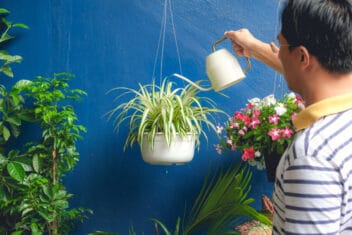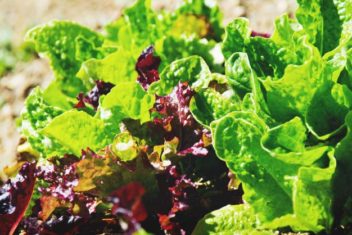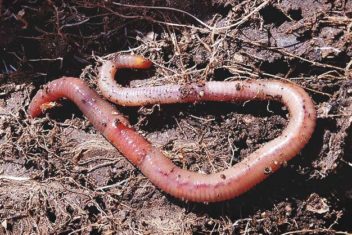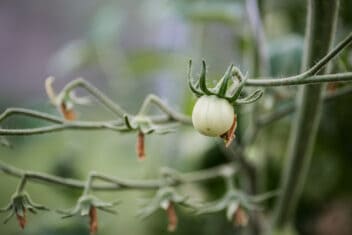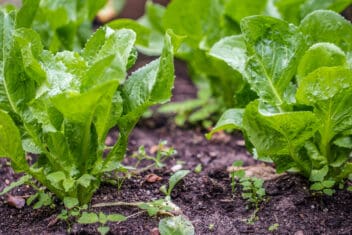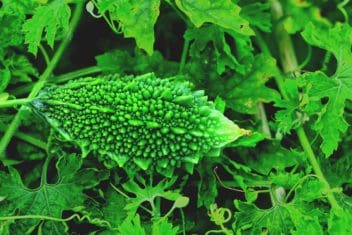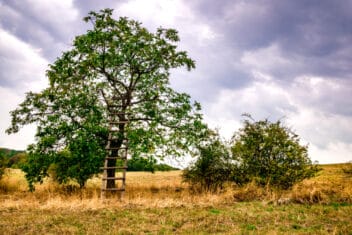Greenhouses are costly and timeconsuming to build. They require care and money to keep heated and cooled in most climates. Plus, they need regular maintenance to clean the windows or panels so they continue to allow in lots of light.
Of course, greenhouses also make it possible to grow exotic plants not suitable to your climate. They help you get a jump start on the outdoor planting season. Most importantly for homesteaders, they give you control over your growing environment so that you can garden even when outdoor weather extremes threaten your self-sufficiency.
On the whole, the benefits of having a greenhouse can far outweigh the costs and complications of construction and care. As long as you take full advantage of every bit of growing space year-round, then you can recover your investment and even make a profit or improve your lifestyle as well.
Here are some ideas to help you maximize your greenhouse.
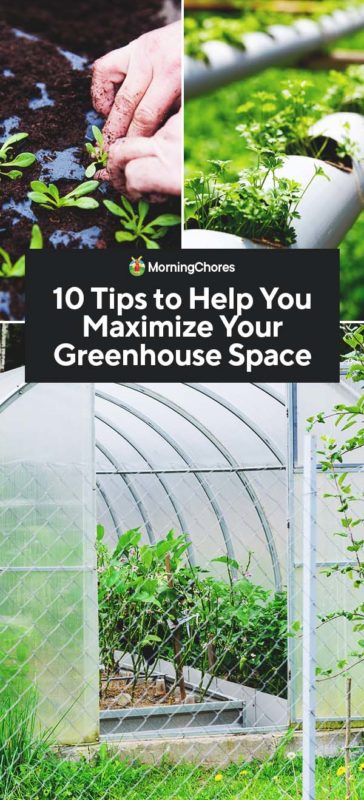
The Tiny House Analogy
The tiny house movement has been revolutionizing the way we think about our living spaces. By planning carefully, and utilizing every bit of space to its maximum, clever people are cramming 1500 square feet of living room and functionality into 150 square foot spaces. The way they make that happen is with good design.
Good design starts with an assessment of your needs and wants. From there you normally take into account your available space and resources. For tiny house planning, though, you have to be extremely creative to incorporate your big dreams into an intentionally small space.
To make the most of your greenhouse, aim to design it much as you would a tiny house. Find creative ways to cram in as many plants and functions as possible, while still creating a pleasing space to meet your emotional and psychological needs too.
Up, Down, and All-around
I see so many pictures with greenhouses that just have a few potting tables and pots on the floor. They sure are pretty. But they barely grow anything at all!
To maximize your greenhouse growing space, think in all directions.
Tip 1: Grow Up
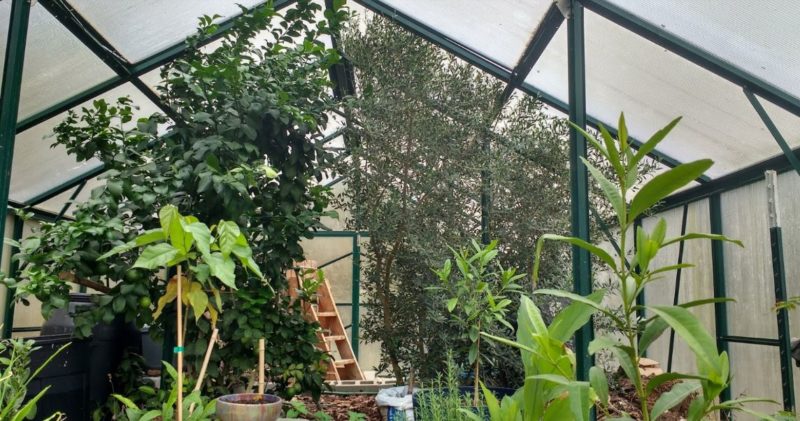
There are tons of ways to garden vertically these days. Hydroponic towers, planter walls, hanging plants, and more can all be used to take advantage of the headroom in your greenhouse.
Grow taller plants like highly-productive dwarf trees that use all that vertical space for high-calorie fruit production. Grow vines and train them over strategic trellises to offer shade-loving plants below sun protection. Use hanging baskets or upside down grow bags for the production of plants like tomatoes or even sweet potatoes for their delicious greens.
Tip 2: The Low Down
It’s incredible to me how many people don’t grow directly in the ground in their greenhouses. There is no reason that you can’t put raised beds in your greenhouse space or plant directly in high-quality garden soil. You just need to leave a little path space and places to stand to make watering, weeding, and harvesting easy.
Tip 3: All-around
We’ve covered up and down, but what about all-around? You can also use all that space in between if you plan well.
Setting pots on top of soil in raised beds can expand your soil space. Though plants need sun, roots don’t. So, they are quite happy to keep growing in the soil right underneath your above-ground pot. The pot also drains to the soil below and acts as a kind mulch to warm, cool, and limit weeds.
Use narrow potting tables and workbenches strategically placed not to overly shade the plants below along your pathways. Or make stacked, pyramid style beds with full sun plants on the sunny side and partial shade plants growing on the part-day shady sides.
Always the Right Season
When planting outdoors, we’re pretty habituated to planning our plantings in terms of our seasons. In greenhouses though, we often tend to think of them as season extension or as a winter home for delicate plants. However, a well-planned greenhouse can be an all-seasons growing environment for an endless harvest.
Tip 4: Know Your Climate to Maximize Your Greenhouse
If you moved to a new climate and started a garden, you’d take time to understand what to plant when in your new climate. Gardening inside a greenhouse is like gardening in a whole new climate. To make the best use of that space, you need to understand your highs, lows, and averages.
You also need to factor in things like waxing and waning daylight hours and sun and shade paths. But once you understand these things, then you can create a year-round planting calendar to make the best use of your space.
For example, in my outdoor climate, I start beets in May. In my greenhouse, I can grow beets in February. They will grow a bit slower due to having less daylight hours. But the lack of pest pressure and better temperature regulation tends to speed up growing. As such, I can have a full crop of beets grown in the greenhouse before I start my first outdoor crop.
Tip 5: Expand Your Options
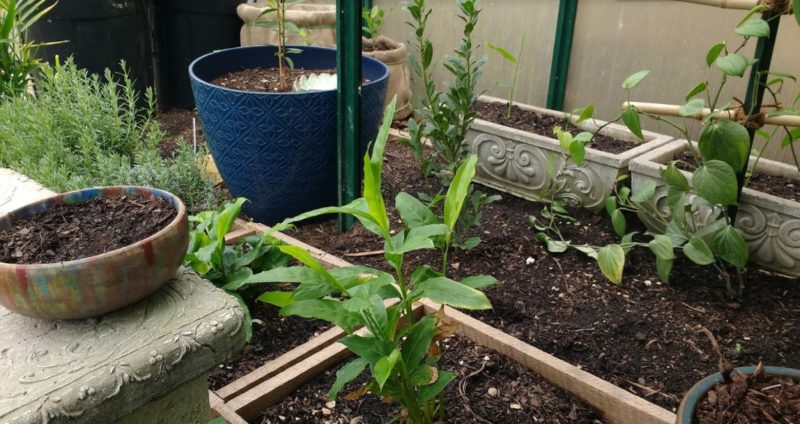
You control the amount of water that falls in your greenhouse by watering more or less frequently. You can also easily use fans or misting systems to adjust humidity levels.
That gives you the opportunity to grow dry-loving crops even when you live in a wet, humid climate. Likewise, you can grow water-loving crops in a dry climate because greenhouses can be used to increase humidity.
When you use containers or raised beds, you can even grow moist and dry loving plants right next to each other just by changing up your soil mix and watering habits to accommodate each plant’s needs.
Tip 6: Container Can Do!
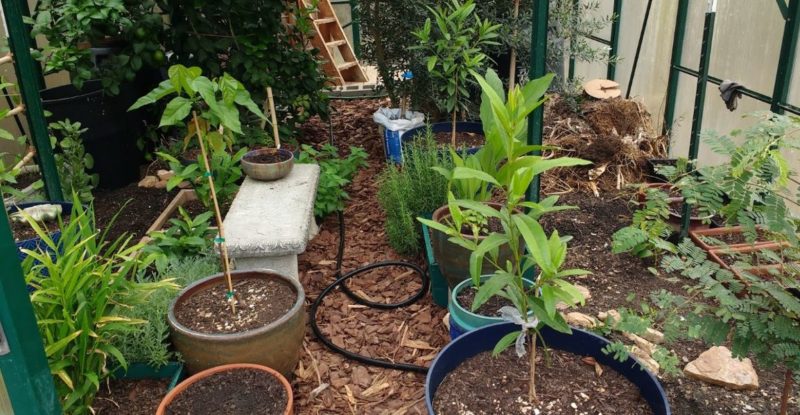
Maximizing your greenhouse by using it as a haven for plants in containers that can be moved outdoors in warm weather, is beneficial in two ways. During warm times when containers can be moved out of the greenhouse, you can use that open area to grow more annual crops.
In winter, those container plants can act as heat sinks inside the greenhouse to help maintain warmth. Large-sized, dark-colored pots with lots of soil, in particular, are perfect to help create microclimates for the plants grown near the edge of the pots.
Purposeful Pathways
A greenhouse, like any garden, needs planned paths so you don’t damage your plants getting around. Plan to put your paths to good use in more ways than one.
Tip 7: Multi-purpose Paths
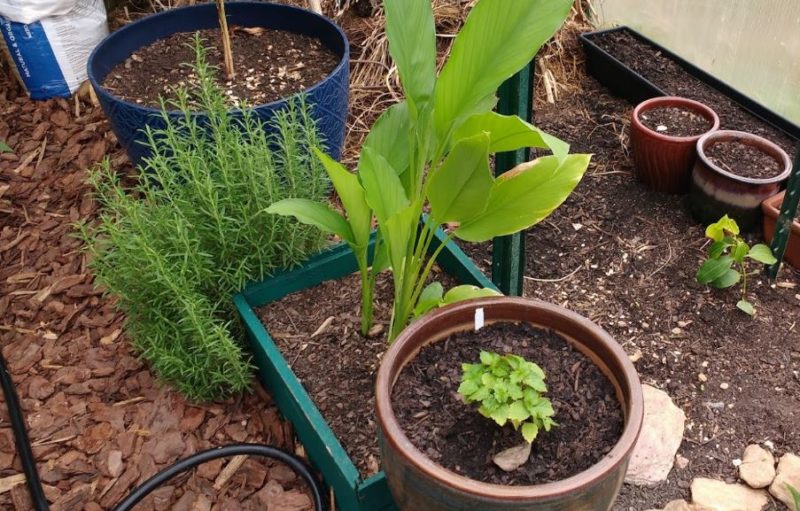
In greenhouses, your paths can also be extensions of your garden beds. By filling your paths with soil and covering them with mulch, they become root zones for plants grown along the edges of the paths.
As long as you have sufficient soil depth and lots and lots of mulch, you won’t compact the soil and roots can still grow where you walk regularly.
Tip 8: Strategic Stepping Stones
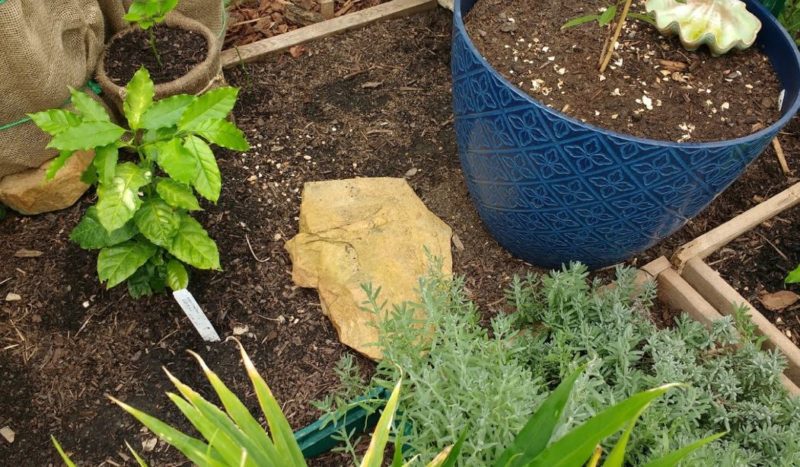
You can expand your planting areas by using strategically spaced stepping stones in your beds. That way you don’t even need to leave room for pathways other than your main thoroughfare.
Depending on your plant height, you can use two small stones, one for each foot to allow you to stand over your plants. Or for taller plants, use one larger stepping stone that will accommodate both feet.
Place enough stones close enough that you can comfortably step to stone to stone without damaging plants. Those stones also act as both mulch and heat sinks to help warm your plant roots in cooler weather.
Bang For Your Buck
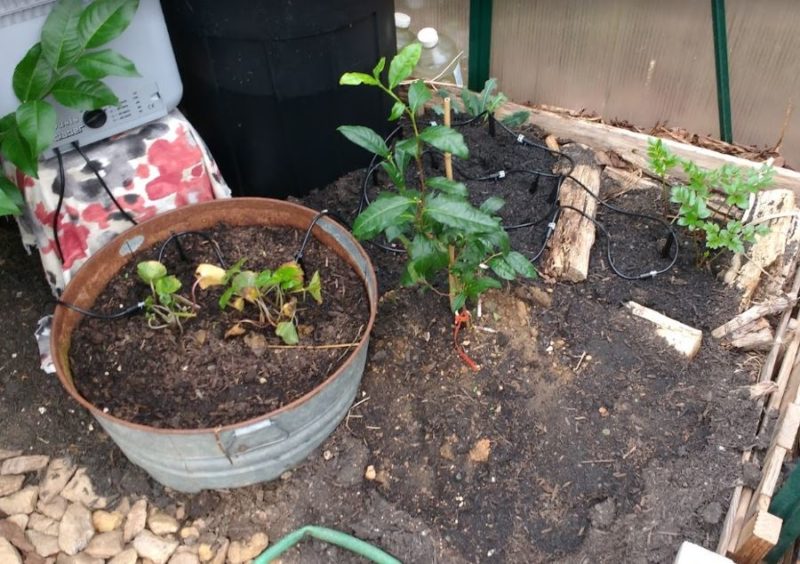
Maximizing your greenhouse doesn’t just have to be about growing more. It can also be about offering you pleasures you might not otherwise be able to afford regularly.
Tip 9: Greenhouse Gourmet
Another way to maximize your greenhouse is to think beyond just planting more in terms of quantity. Think about saving more money by planting things that are costly to buy in the shops. Or plant things that are more difficult to find locally and save money by skipping the shipping.
Baby lettuce or spinach greens in plastic containers cost a fortune at the grocery store. Yet, they are very easy to grow, even in limited space, in a winter greenhouse.
Spices like vanilla are expensive to buy. But, if you create the right microclimate and am willing to wait a few years for production, you can grow your own vanilla supply plus some extra to use for bartering.
If you grow things like shiitake mushrooms on logs, they don’t fruit well in cold weather. But, you can fruit them in a heated greenhouse even in the dead of winter.
Tip 10: Staycation
If you are one of those people who feel the need to pack up and head to Hawaii in winter or head to Montana in summer, how about maximizing your greenhouse and making it your escape instead? When you create microclimates in your greenhouse to allow for year-round growing, you also make that space comfortable for you to enjoy as well.
Depending on the size of your greenhouse, there are a lot of ways you can turn that space into a pleasurable paradise to help you weather the winter blues or beat the summer heat.
In small spaces, hang a hammock in your paths. In larger spaces, add a wood-fired hot tub to help heat the area in winter. Then, use the same hot tub to cool the space and take cold dips in summer. Add a seating area for reading or garden planning.
There are environmental costs for operating a greenhouse. However, by making the most of your space, getting the travel miles out of your food, and foregoing flights for staycations, your net carbon costs can be dramatically reduced.
Go Green(house)!
So there you have it, ten ways to maximize your greenhouse and turn it into a great investment. You not only save money, you gain peace of mind knowing that you can have fresh food year-round.
For me, my greenhouse not only cuts my feed costs, but it also feeds my soul by giving me a beautiful, lush green place to garden all year long. I hope you’ll consider going year-round green(house) too!

